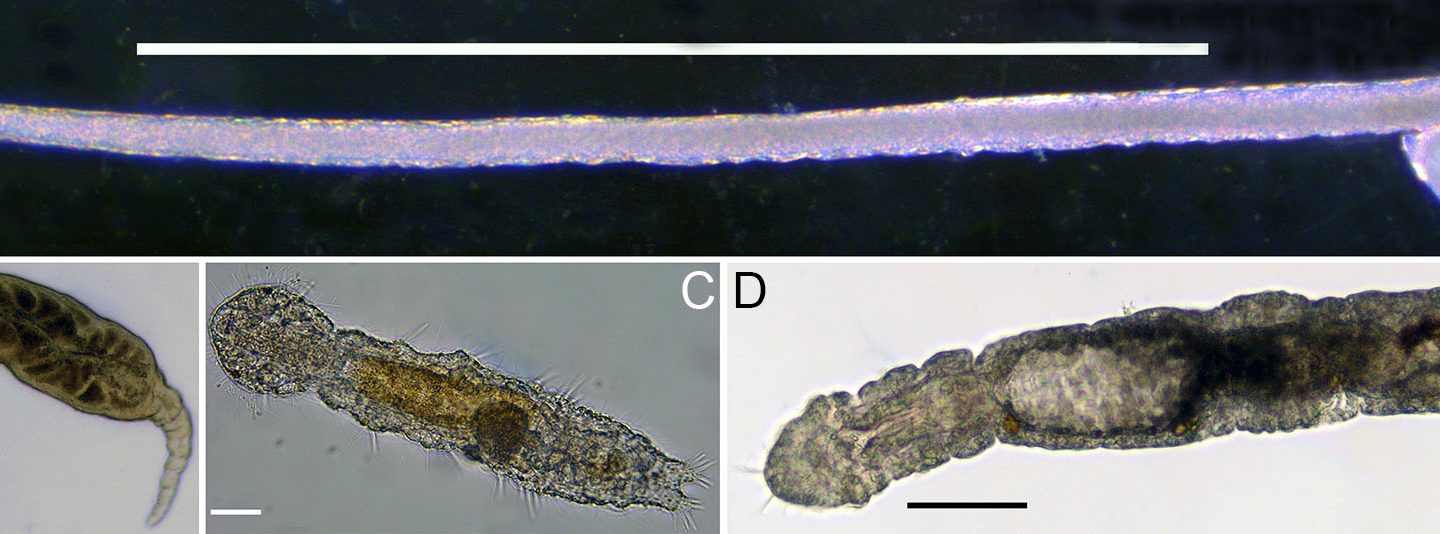Yesterday, we published an preprint on the meiofauna and why it is important to study them and which scientific questions should be addressed next. The publication involved 42 researchers from 44 institutions all around the world. The research was initiated and led by Alejandro Martínez and Diego Fontaneto of the Water Research Institute (CNR-IRSA) and the National Biodiversity Future Center in Italy. The paper has been published at EcoEvoRxiv.

Meiofauna comprises all the small animals of the Earth’s biodiversity and it is a very substantial part and crucial part of it. However, just because it is small and difficult to study it is often neglected and regarded as unimportant. Meiofauna links the community of bacteria and unicellular organisms with larger animals in food webs. Meiofaunal species can be found in almost all habitats and in most of the animal phyla. Studying meiofauna contributes to a better understanding of the animal’s Tree of Life, and will be a treasure trove for future genomic studies. On the other hand, until these potentials can be realized a lot more research efforts are needed.
In this paper, we reached out to the science community and asked them what they regarded as 50 most important questions to be addressed across the different research disciplines of meiofaunal research. In total, 251 scientists, administrators, students, and stakeholders responded to our online survey. Not surprisingly, Applied topics related to anthropocentric impact and climate change received the highest attention and more technical areas in development such as genomics or adaptations less. Due to the preparation of the survey and the responses it became obvious that a more and more integrative approach is needed and that technological developments will create new opportunities to answer broad and important questions, despite of their impediments due to their small body sizes.
Meiofauna research needs to balance between general questions, more specialized research topics, and the generation of primary data on distribution and taxonomy as all of these are important to our understanding of meiofauna and diverse roles in biodiversity. Especially, the geographical and taxonomic historical biases affecting meiofaunal research need to be alleviated by promoting international cooperation, open data sharing, developing new methods and an increase efforts in education, taxonomic training, as well as scientific communication. Especially, the last aspect is very important as the general public can be very intrigued by those small critters that constantly lurk unseen in front of us, but we are often not feeding this interest.

![]()
